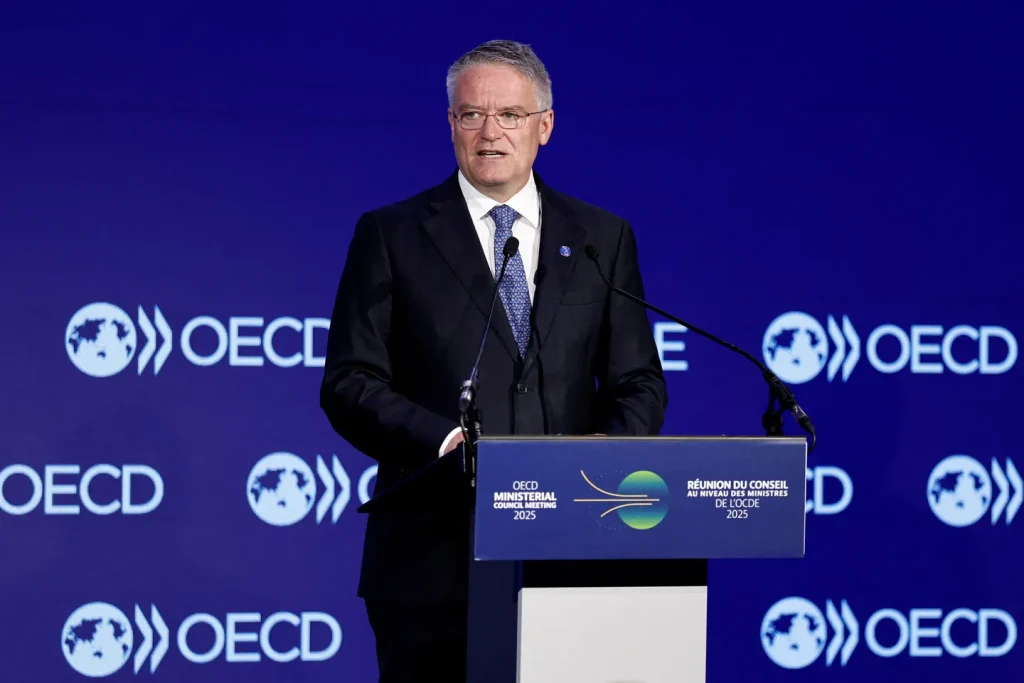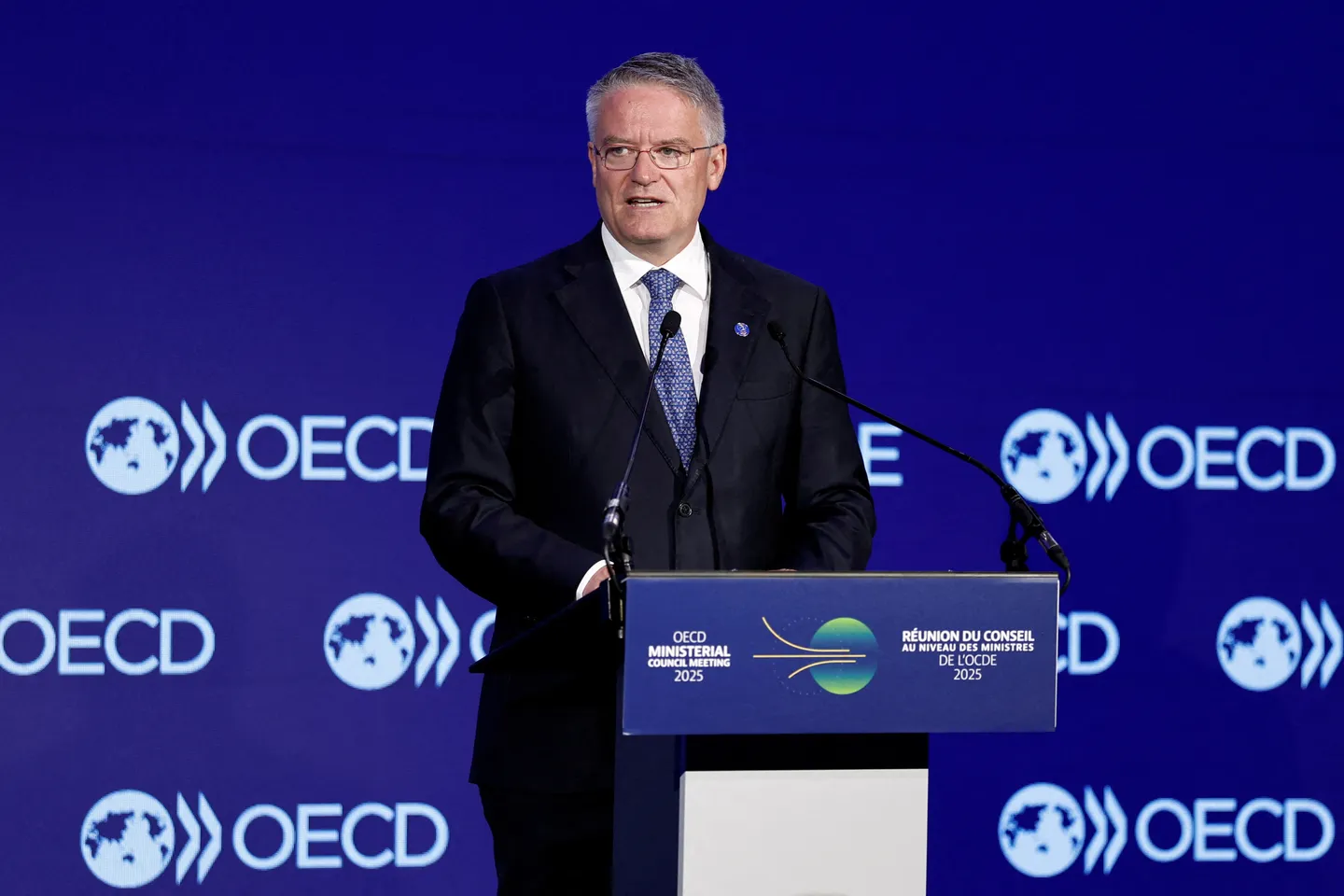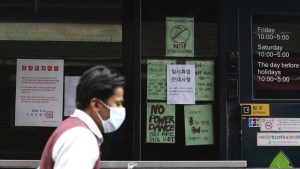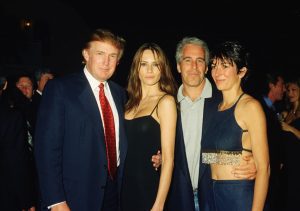The OECD warns that while global growth appears resilient, the full economic impact of the US tariff shock is yet to unfold. Higher import duties, shrinking inventories, and slowing global trade could hit growth harder in the months ahead.

Global Growth Holding Up — For Now
The Organisation for Economic Cooperation and Development (OECD) has issued a stark warning: the world economy may not have felt the full impact of the US tariff shock just yet. Despite resilient global growth supported by AI-driven investment in the US and fiscal measures cushioning China’s slowdown, OECD chief Mathias Cormann said the real test will come once inventories are depleted and higher tariffs bite deeper into supply chains.
In its Economic Outlook Interim Report, published Tuesday, the OECD highlighted that many firms have so far managed to absorb tariff hikes by reducing profit margins and stockpiling goods ahead of implementation. But this buffer is only temporary.
A Historic Rise in Tariff Rates
The report revealed that the effective US import tariff rate rose to an estimated 19.5 percent by the end of August 2025, the highest level since 1933, during the depths of the Great Depression.
The tariff surge follows the Trump administration’s trade measures, which targeted a wide range of imported goods in an effort to pressure trading partners and bolster domestic production. While the immediate impact has been softened by corporate strategies, economists warn that long-term repercussions could weigh heavily on both the US and global economies.
“The full effects of these tariffs will become clearer as firms run down the inventories that were built up in response to tariff announcements and as the higher tariff rates continue to be implemented,” Cormann said during a press conference.
Corporate Buffers Near Breaking Point
For now, corporations have managed to protect consumers by narrowing profit margins and tapping into existing stockpiles. This has delayed the visible impact on prices, trade volumes, and overall growth. However, as inventories shrink, businesses may be forced to pass higher costs onto consumers — potentially fueling inflationary pressures.
The OECD also warned of ripple effects across supply chains. With tariff rates at historic highs, firms may be compelled to reconfigure trade routes, shift production bases, or reduce international exposure altogether.
AI and Fiscal Policy Providing Temporary Relief
One reason the global economy has remained surprisingly stable is the boom in artificial intelligence investment in the United States, which has fueled corporate spending and productivity growth. In parallel, China’s fiscal support measures have provided a cushion against slowing growth in the world’s second-largest economy.
But the OECD stressed that these tailwinds cannot fully offset the long-term drag of trade restrictions. As tariffs continue to filter through the system, global trade volumes could contract, weakening investment and consumer confidence.
Risks to Global Stability
Economists warn that if the tariff war escalates further, emerging markets could face sharper disruptions due to their reliance on global trade flows. Meanwhile, advanced economies may see slower GDP growth, tighter corporate margins, and delayed investment cycles.
The OECD urged governments to prioritize dialogue and multilateral cooperation, warning that protectionist measures risk undermining decades of progress in global trade integration.
Outlook
For now, global growth projections remain more resilient than initially feared, but the OECD cautions that the coming months will be critical. The US tariff shock represents not just an American issue, but a global one, with long-term implications for supply chains, consumer prices, and international trade relations.
As inventories deplete and higher tariffs become embedded in business models, the world may be heading toward a more fragmented and inflation-prone economic environment — a trend policymakers will struggle to reverse.















Comments are closed.